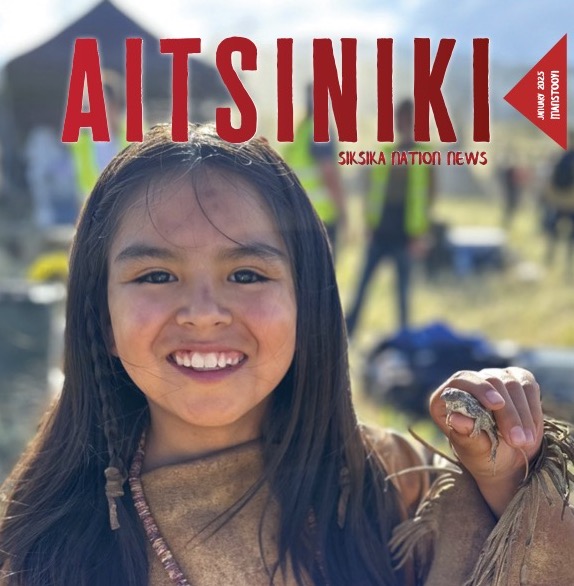By Jayson Black Kettle
First Nations leaders from across Canada gathered at the Grey Eagle Event Centre in Calgary this week for the annual Treaty 1-11 Gathering, with cross-border mobility and Enhanced Treaty Cards (ETCs) taking centre stage on Wednesday.
Shanti Olivas of the Pascua Yaqui Tribe in Arizona presented on the ETC, a secure identification card that allows Indigenous peoples to travel more easily between Canada, the United States, and Mexico. The card is part of a broader initiative in the U.S. called Sacred Path, which allows federally recognized tribes to issue ETCs to their members.
Although Sacred Path is based in the United States, some Canadian First Nations are exploring partnerships to expand access. The Tsuut’ina Nation is among those working with Sacred Path to examine the potential for ETCs in Canada.
Siksika Nation Chief Ouray Crowfoot, who attended the session, noted the unique challenges faced by the Blackfoot people, whose traditional territory spans the Canada-U.S. border.
“We’re the Blackfoot on this side of the border,” said Crowfoot, pointing to travel restrictions that arose during the COVID-19 pandemic. “We could go down to Montana, but they can’t come up to us.”
Crowfoot said he sees promise in the ETC system but also acknowledged concerns raised by other leaders at the gathering. Several chiefs expressed caution, saying they would prefer to revisit the use of traditional Treaty Cards rather than relying on newer systems connected to government frameworks.
“Our brothers down in Browning, they’re seeing the benefits,” said Crowfoot, referring to the Blackfeet Nation in Montana.
The long-term impact of Enhanced Treaty Cards on First Nations in Canada remains to be seen. Currently, status First Nations individuals can legally enter the United States using their existing status cards.






